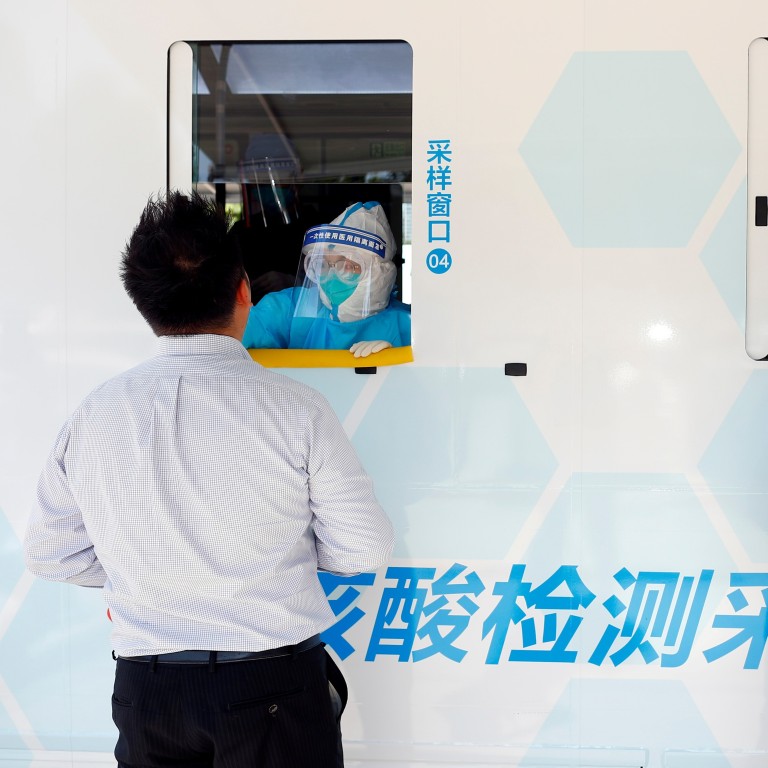
Coronavirus third wave: Group testing can address Hong Kong’s limited capacity
- Hong Kong currently has a quarter to a fifth of the capacity it needs to handle Covid-19, and testing the entire population is prohibitively expensive
- Emulating the group testing approach taken in Germany, Israel and the mainland can help make more efficient use of the city’s resources
One of the most important concerns in mitigating the Covid-19 pandemic is testing. In Hong Kong, the issue of insufficient capacity for testing has often been raised. For example, Professor Lo Chung-mau at the University of Hong Kong recently suggested the city needs to increase its testing capacity to 20,000 tests daily.
Group testing was first proposed in 1943 by Robert Dorfman, an economist at Harvard University, to identify the presence of syphilis in the US Army. Like the current Covid-19 pandemic, it was expensive to test every soldier for syphilis. Dorfman proposed group testing as follows: samples from groups are first tested, and if a group tests negative, all individuals in the group are declared to be negative. Otherwise, every individual in the group is tested separately.
For example, consider a case in which one out of 100 subjects is positive. By dividing the 100 subjects into five groups of equal size, group testing only requires 25 tests: one test for each of the five groups and 20 separate tests for the 20 subjects in the group returning a positive test. By contrast, testing all subjects separately requires 100 tests.

02:24
Coronavirus: A look inside China’s Wuhan Institute of Virology
Similar methods have been used in Germany, Israel and Nebraska in the United States.
To get the benefit of group testing, the question of determining group size arises naturally. Larger groups have a larger chance of positive results, implying that we may have to test more individuals and thus increasing the number of tests. On the other hand, smaller groups remove much of the benefit of group testing. This is where decision science, or operations research, can help.
Big data behind rapid response to Beijing market coronavirus cluster
The infection rate is a key factor in designing optimal group size. For an infection rate of 1 per cent, Dorfman’s report shows the optimal group size is 11, requiring only 20 per cent of the tests required by the conventional approach. If the infection rate is 30 per cent, the optimal group size falls to three, potentially only saving 1 per cent of tests. In practice, we need to establish a rough estimate or prediction of the infection rate and then determine the appropriate group size.
Another important issue is accuracy. Dorfman’s proposal was not actually used for syphilis because the antibody becomes undetectable in a mixed sample through dilution. For Covid-19, however, a recent study shows nucleic acid tests reliably return a positive result when one positive sample is mixed with four negative ones.

03:10
Hong Kong battles third wave of coronavirus infections
We need to estimate the infection rate to measure the evolution of the pandemic, bring negative groups back to work and identify infectious individuals and quarantine them. The latter is particularly important as many are asymptomatic.
Group testing requires only limited investment and reduces the strain on testing resources, helping us be well-prepared.
Daniel Z. Long is an associate professor in the Department of Systems Engineering and Engineering Management at the Chinese University of Hong Kong

